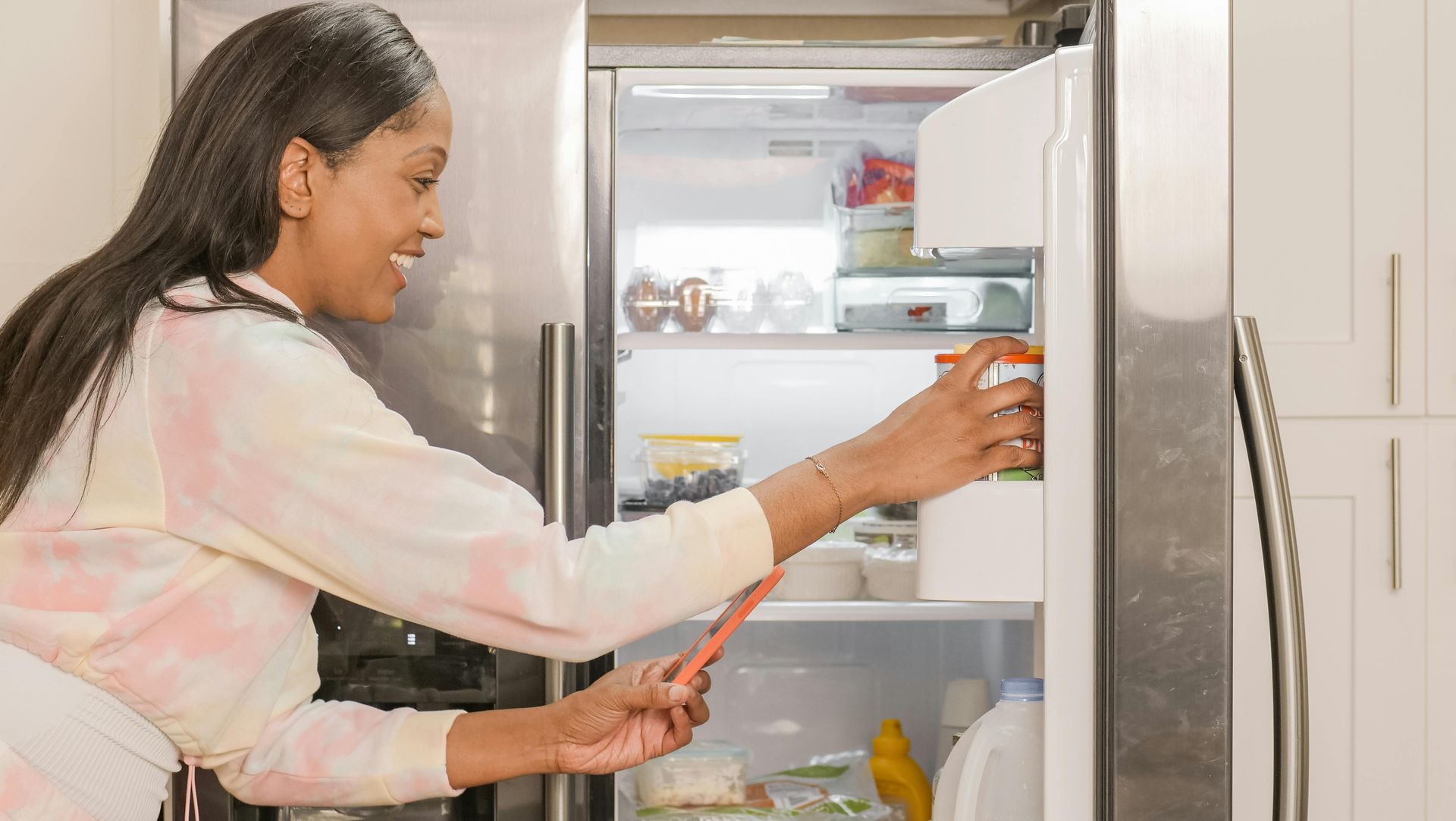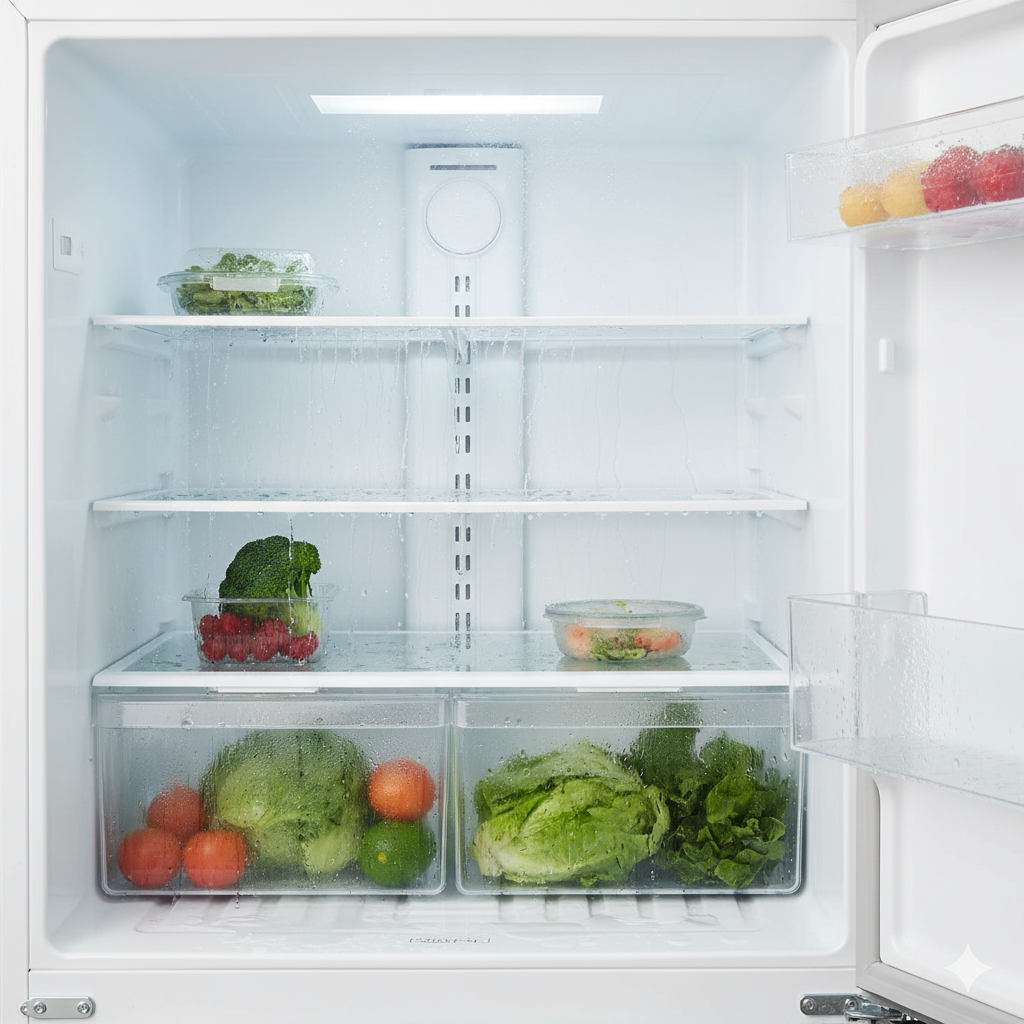Why Your Washer Isn’t Spinning and How to Fix It
A washer not spinning can turn laundry day into a frustrating ordeal, leaving you with soaking wet clothes and mounting concerns about expensive repair bills. When your washing machine fails to complete its spin cycle properly, water extraction becomes inadequate, extending drying times and potentially damaging delicate fabrics. Understanding the common causes behind spinning issues empowers Shreveport homeowners to make informed decisions about DIY troubleshooting versus professional appliance repair services. Whether you're dealing with a front-load washer repair situation or troubleshooting a top-load model, identifying the root cause early can save both time and money.
Key Takeaways
- Lid switch problems are the most common cause of spinning failures in top-load washers
- Overloading your washer can trigger safety mechanisms that prevent spinning
- Drive belt issues affect both spinning and agitation in many washer models
- Motor coupling problems typically require professional appliance repair expertise
- Regular maintenance can prevent many common spinning and water leaking issues
- Professional diagnosis is recommended when multiple symptoms occur simultaneously
Your Washing Machine’s Spin Cycle
The spin cycle is the final phase of your washing machine's cleaning process. Here, centrifugal force is utilized to extract excess water from fabric. During this operation, the drum rotates at high speeds, typically between 800 to 1,400 revolutions per minute, depending on your washer's design. This rapid rotation forces water outward through the drum's perforations into the drain system, reducing moisture content by up to 90 percent in properly functioning machines.
Both front-load washer repair and top-load washer repair technicians frequently encounter spinning problems because this cycle places stress on multiple mechanical components simultaneously. During the spin process, several critical systems coordinate for successful water extraction and optimal cleaning results.
The spinning process involves these essential components:
- Motor assembly that provides power for high-speed drum rotation
- Drive belt or direct drive system that transfers motor power to the drum
- Control board that manages timing sequences and speed variations
- Safety switches that ensure proper operating conditions
- Drain pump that removes standing water before spinning begins
Common Causes of Spinning Problems
Lid Switch Malfunctions
The lid switch is an important safety feature in top-loading washers, preventing the drum from spinning at dangerous speeds when the lid remains open. This component consists of a spring-loaded mechanism that detects lid position and communicates with the control board. A faulty lid switch ranks among the most frequent causes of appliance repair in Shreveport and surrounding areas, often manifesting as complete spinning failure despite normal agitation.
Signs of lid switch problems include:
- Washer fills and agitates but won't spin with the lid closed
- No spinning occurs even when the lid appears properly latched
- Intermittent spinning that stops unexpectedly
- Clicking sounds from the lid area during operation
Overloading and Load Distribution
Modern washers have sensors that detect imbalanced loads and prevent potential damage from excessive vibration. When clothes clump together on one side of the drum, the washer's control system automatically prevents spinning to protect internal components. This protective feature becomes particularly sensitive when loads exceed manufacturer capacity recommendations or when heavy items absorb excessive water during wash cycles.
Load-related spinning issues manifest as:
- Washer attempts to spin but stops after a brief rotation
- Excessive vibration followed by a complete stop
- Multiple start-stop cycles during spin attempts
- Error codes related to load imbalance
Drive Belt and Motor Coupling Issues
The drive belt connects your washer's motor to the transmission system, enabling power transfer for both agitation and spinning functions. Over time, continuous operation subjects this rubber component to temperature variations, chemical exposure, and mechanical stress from frequent cycles. When drive belts stretch beyond acceptable tolerances, develop cracks, or break completely, spinning becomes impossible regardless of motor functionality.
Belt and coupling symptoms include:
- Motor runs but the drum doesn't move during any cycle
- Burning rubber smell during operation
- Loud grinding or scraping noises from the motor area
- Visible belt damage when inspecting the motor compartment
Drainage System Complications
Before high-speed rotation begins, water should be completely removed. This requirement makes proper drainage essential for successful cycle completion. When water is trapped due to clogged drain hoses, faulty pumps, or blocked filters, the washer's safety systems prevent spinning to avoid motor damage. These drainage complications often coincide with washer leaking water problems, creating multiple symptoms that require a comprehensive diagnosis.
Drainage-related spinning problems include:
- Standing water remains in the tub after the wash cycle
- Gurgling sounds during drain attempts
- Slow water removal followed by no spinning
- Error codes indicating drainage failures
Step-by-Step Troubleshooting Guide
Initial Safety and Load Checks
Before investigating mechanical components, perform these basic troubleshooting steps to eliminate simple causes of spinning failures. Many washer-not-spinning problems result from easily correctable issues that don't require technical expertise or replacement parts. These preliminary steps should be performed with the washer unplugged for safety during inspection procedures.
Start with these fundamental checks:
- Ensure the lid closes completely and latches securely
- Remove excess items to reduce load size by half
- Redistribute clothes evenly around the drum
- Check for small items lodged between the drum and the tub
- Verify washer sits level on all four corners
Testing the Lid Switch Function
Lid switch testing requires caution, but it can identify obvious switch failures without professional diagnostic equipment. This systematic approach helps determine whether the spinning problem stems from safety switch malfunctions or requires investigation of other mechanical components.
Test the lid switch with these methods:
- Listen for clicking sounds when opening and closing the lid
- Start a spin cycle and gently press the lid down firmly
- Check for loose or damaged lid strike mechanism
- Inspect switch contacts for corrosion or debris
Drive Belt and Motor Inspection
Drive belt inspection requires accessing the motor compartment, typically located beneath or behind the washer. This step involves some disassembly and should be attempted only by those comfortable with appliance maintenance. Proper belt inspection can reveal obvious wear patterns or complete failures that explain spinning problems.
Inspect these components carefully:
- Remove access panels to view the belt and motor assembly
- Check belt for cracks, fraying, or complete breaks
- Verify belt tension allows slight deflection when pressed
- Examine motor coupling for wear or damage
When to Contact Professional Appliance Repair
Complex washer problems often require specialized diagnostic equipment and replacement parts that exceed typical homeowner resources. Professional appliance repair technicians possess the training, tools, and experience necessary to safely diagnose electrical issues and perform precision mechanical repairs. Recognizing when to seek professional assistance protects both your safety and your appliance investment.
Consider professional appliance repair in Shreveport, LA when experiencing:
- Multiple symptoms occur simultaneously (no spinning, washer leaking water, unusual noises)
- Basic troubleshooting steps fail to resolve the spinning issue
- Error codes appear requiring diagnostic software interpretation
- Electrical testing reveals complex motor or control board problems
- Washer age exceeds 8-10 years requiring cost-benefit analysis
Preventing Future Spinning Problems
Regular preventive maintenance significantly extends the washer's lifespan while preventing many common spinning issues that require costly repairs. Simple maintenance procedures performed monthly can identify developing problems before they cause complete operational failures, saving considerable money on both front-load washer repair and top-load washer repair services throughout your appliance's useful life. Establishing a consistent maintenance routine helps homeowners catch minor issues early, before they develop into major mechanical failures that require expensive professional intervention or complete appliance replacement.
Implement these maintenance practices:
- Clean lint filters monthly to prevent drainage blockages
- Use appropriate detergent amounts to avoid excessive suds
- Balance loads evenly and avoid overloading capacity
- Leave the lid open after cycles to promote air circulation
- Schedule annual professional maintenance for older units
- Address small problems immediately before they escalate
Repair Cost Considerations and Decision Factors
Washer repair costs vary significantly depending on the specific problem, parts availability, and labor requirements. Understanding typical repair expenses helps homeowners make informed decisions about repair versus replacement. Professional diagnostic fees, parts costs, and labor charges all contribute to total repair expenses that should be weighed against appliance age and overall condition. Economic factors that influence repair decisions include washer age, remaining warranty coverage, and energy efficiency improvements in newer models.
Common repair cost considerations include:
- Lid switch replacement typically costs less than major repairs
- Drive belt replacement involves moderate parts and labor costs
- Motor problems often approach replacement consideration territory
- Drainage repairs vary based on specific component failures
- Professional diagnosis fees apply regardless of repair decisions
Frequently Asked Questions
Why does my washer not spin but still agitates normally?
This symptom typically indicates a lid switch malfunction or transmission problem affecting only the spin function. The agitation and spin mechanisms operate independently, allowing one to fail while the other continues working properly.
Can I fix a washer not spinning myself or should I call for repair?
Basic troubleshooting like checking loads and lid switches can be done safely at home. Complex electrical or mechanical repairs require professional appliance repair expertise for safety and warranty preservation.
How do I know if the problem is with spinning or drainage?
Check whether water remains in the tub after the cycle completes. If water drains properly but clothes remain soaking wet, the issue is with spinning rather than drainage systems.
Why does my front load washer leak water and not spin?
Multiple symptoms like washer leaking water and spinning failures often indicate serious problems requiring comprehensive diagnosis. Door seal damage or drainage blockages can cause both issues simultaneously.
How much does professional washer repair typically cost?
Repair costs depend on the specific problem and parts required, with simple replacements costing less than major failures. Professional diagnosis fees apply regardless of whether repairs proceed.
Final Thoughts
A washer not spinning disrupts household routines and can indicate various underlying problems requiring different solutions. While basic troubleshooting can resolve simple issues like load imbalances or lid switch problems, complex mechanical failures benefit from professional appliance repair expertise. Understanding when to attempt DIY fixes versus calling for professional help protects both your safety and your investment in home appliances. Regular maintenance and prompt attention to early warning signs help prevent minor issues from escalating into costly major repairs.
Need expert washer repair in Shreveport? Our skilled technicians provide fast, reliable solutions for all spinning issues. Schedule your service today.
Reference:
https://www.statefarm.com/simple-insights/residence/steps-for-maintaining-your-washing-machine



